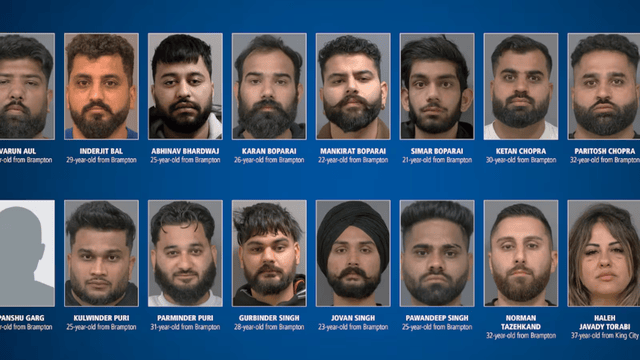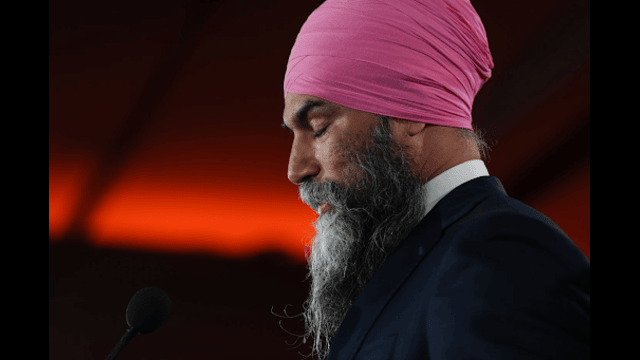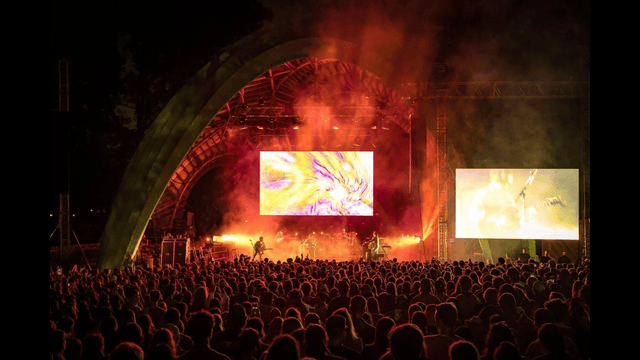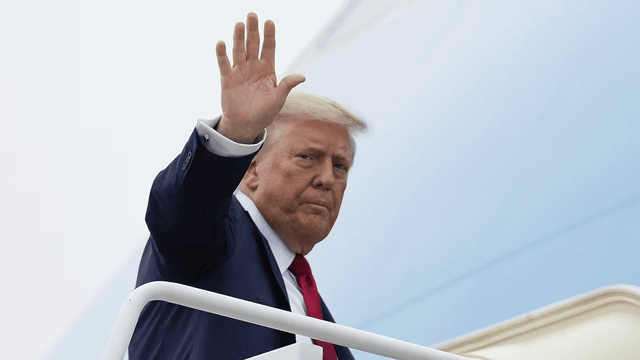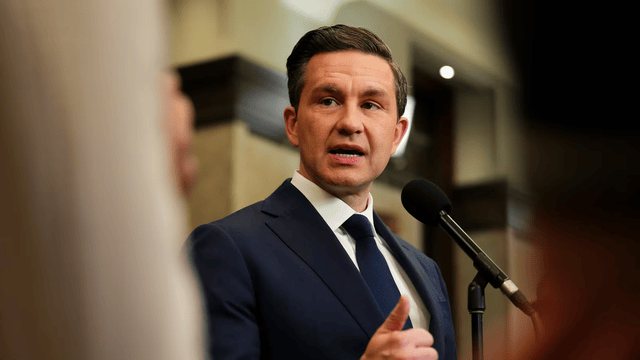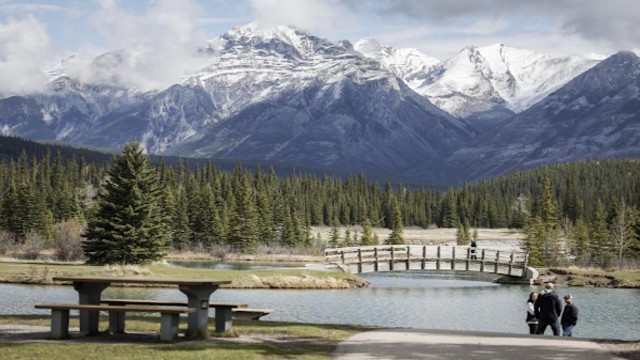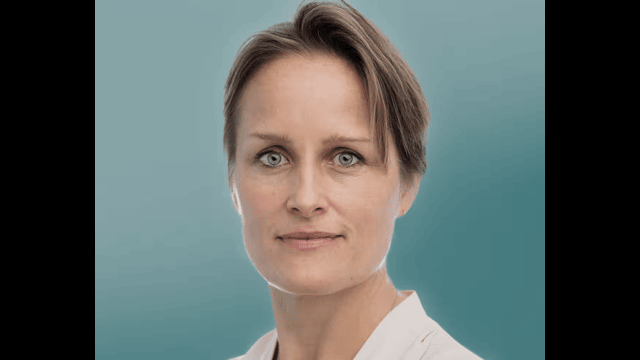
Mark Carney gave a speech in Edmonton on January 16, 2025, to officially begin his campaign for the leadership of the Liberal Party. AP
Mark Carney's Liberal Party is leading in the race for Canada's election. Recent polls show the Liberals are expected to win, but not by a huge landslide.
Canada’s House of Commons now has 343 seats after adding five new ones. To win a majority, a party needs 172 seats. Winning more than 200 seats would count as a landslide.
Mark Carney called for early elections on April 28. This is the first big test since he replaced Justin Trudeau as prime minister.
The election happens during a tense time with the United States. Relations worsened after Donald Trump brought in new tariffs and joked about making Canada the 51st state. Many voters worry about Canada's independence.
Polls show the Liberals have a 74% chance of forming a majority government. They are expected to win around 190 seats. The Conservatives trail with about 125 seats.
Other parties are struggling. The Bloc Québécois could get 22 seats. The NDP might win only five seats, and the Green Party is set to keep just one seat.
Another poll predicts the Liberals winning between 163 and 201 seats. The Conservatives could get between 115 and 153 seats. In this case, a hung parliament could happen.
The Liberals are gaining strength by winning over NDP supporters. They are expected to take 13 seats from the NDP. The Conservatives will likely gain only seven NDP seats.
In Quebec, Liberals are projected to flip 11 seats from the Bloc Québécois. Conservatives may win just one there.
The Liberals are also doing better in the national vote share. They are expected to get 42%, while Conservatives might get 38%.
The NDP trails behind at 10%, Bloc at 6%, and Greens and People's Party around 2% each.
A different projection shows similar numbers. Liberals are expected to win at least 186 seats. Conservatives could take 124, Bloc 24, NDP eight, and Greens one.
The Liberals’ turnaround is surprising. Under Trudeau, they were heading for a big loss. Economic troubles and public dissatisfaction hurt their chances.
But after Trump’s threats of tariffs, Canadian voters rallied behind a strong national leader. Trudeau resigned, and Carney rose. His serious and calm image helped the Liberals gain trust.
Carney now has a 48% approval rating. He is more popular than any other federal leader.
Tom Urbaniak, a political science professor, said Trump’s behavior helped Carney. "Trump's constant threats and Mark Carney's image as a serious, experienced—albeit not-very-charismatic—manager of crises have helped their prospects," he said.
Still, Urbaniak noted that Conservative leader Pierre Poilievre has a slim chance. "He still has a chance to win a plurality of seats, but he would have to quickly make up lost ground in Ontario, especially in the suburban areas around Toronto," he added.
Urbaniak said Trump's comments have made voters anxious. This could hurt the Conservatives, even though they distanced themselves from Trump.
"Donald Trump is the ghost hanging over this election," Urbaniak explained.
He added that some Conservative messages sound similar to Trump’s style. This includes criticizing the media, attacking universities, and using nicknames for opponents.
Tom Urbaniak also said: "I am not expecting a Liberal landslide, but a Liberal majority of seats is possible. I am not anticipating the Liberals getting more than 200 seats (out of 343). If the Liberals win a plurality of seats, but not a majority, they will form government and will likely lean on the Bloc Quebecois to retain the confidence of the House of Commons—although it would be hard to imagine such an arrangement lasting as long as four years."
Canadians will cast their votes on April 28.


